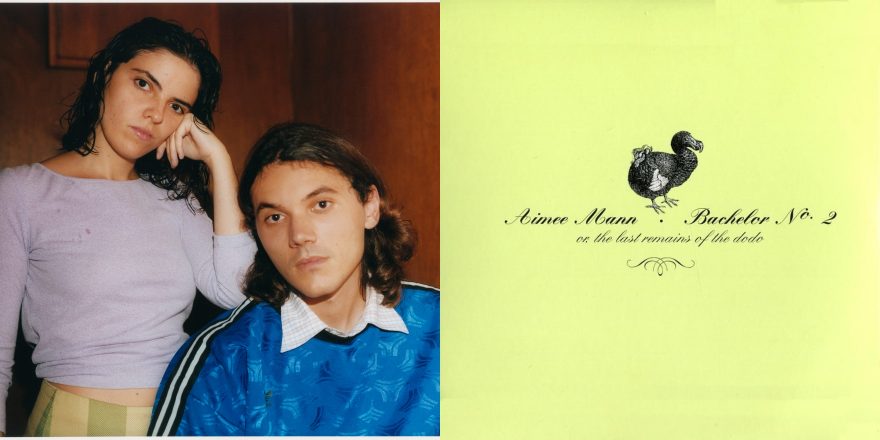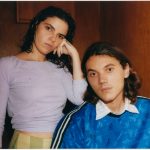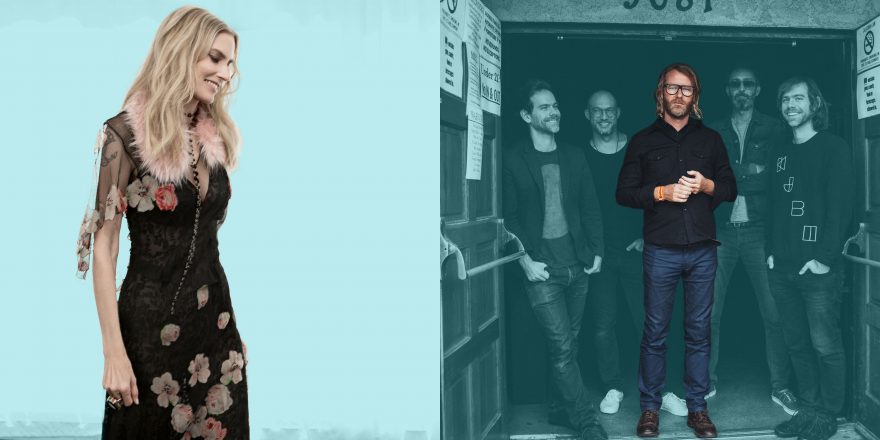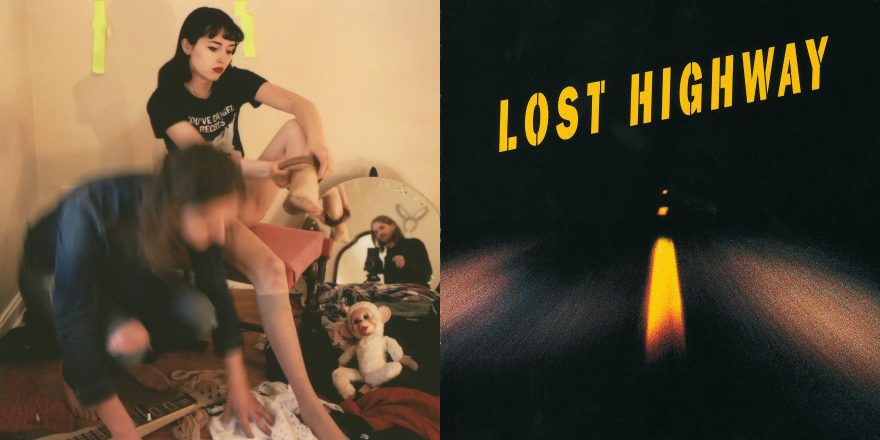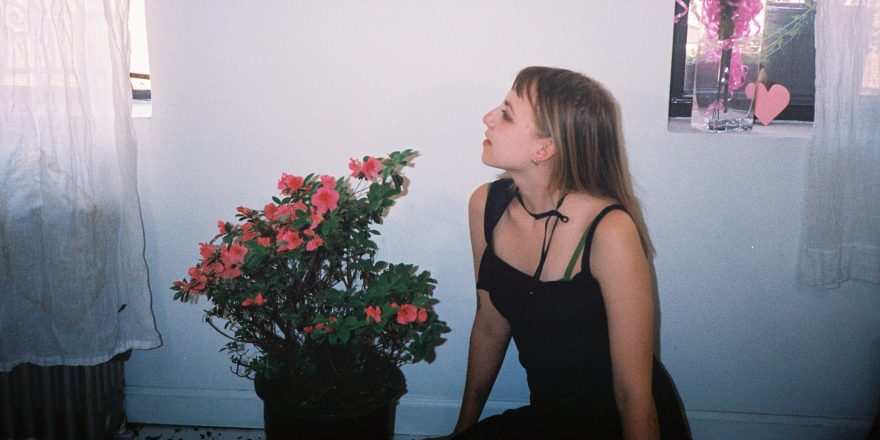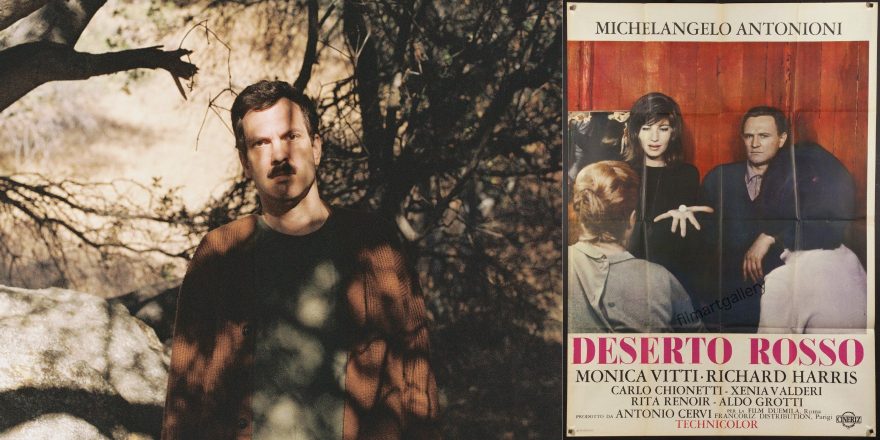“How Am I Different” opens Aimee Mann’s Bachelor No. 2 — the album that was the subject of a shared, unrelenting obsession that took hold in the first months of the lockdown. These sorts of things, obsessions, tend to flame out, but this album never tired for us. It’s not as though we hadn’t both loved the album prior, but during this time it became part of the seams of our days, a routine like coffee, or a nightly piece of chocolate from the fridge. Jon Brion produced the album, and it came out shortly after Magnolia, which Paul Thomas Anderson had Brion and Mann score. (Geffen famously refused to release Bachelor No. 2 because it “didn’t have any hits.”)
It makes some sense that we turned to that album then: In a time that felt so uneasy, it was something deeply familiar that had, I guess, associations with a certain ease specific to early childhood. The album still has one foot in the ‘90s. It came out in 2000, when we were five years old. Now we’re in our mid-20s, which feels like a watershed moment — something shifts with your relationship to time, things in your past take on a different distance. You’ve gone far enough. Returning to this album and feeling that sudden distance caught us both off guard.
When you’re a kid and something’s playing in your house, in the background, or in the car, you’re engaging with music passively. But also it’s the beginning of your conscious experience of music — when you’re young, nothing is actually passive. This album was present for that phase of our early conscious lives, when music feels like part of the room you’re growing up in, like a sofa or art on the wall. That time before you have control over what you’re listening to, or anything really. The music defines that space as much as the space defines it (if you come from a home of music lovers). We returned to the album at this time when, once again, we’d lost some level of control over our lives — Aimee Mann as a transitional object!
For “Many Days,” a song that we wrote in June 2020 and recorded this past summer, we wanted to reference Jon Brion’s approach to the drums in “How Am I Different,” which have a specific way of creating dynamics in the song. The drums come in right at the outset, but they’re filtered, faint, and maybe looped. Brion overlaps the filtered set with a more open snare, slowly bringing in the wider sonic spectrum of the set. This technique is commonly used, especially in electronic music — fast filter swell into a drop, or something like that — but this song uses it in a quieter way.
Of course, where you wind up with a reference is different, but Brion’s treatment of the drums was a compass for “Many Days.” We use a similar technique for the first half of the first verse — the drums are filtered and then open up. Jake Aron, who produced the song with us, ran them through the filter set of a monophonic synth, but since it’s mono, he did left, right, and center separately, and put them back together. It’s more like frequency shifting rather than phase shifting. “How Am I Different” is essentially one drum beat the whole time, but it doesn’t feel like it because of the way the drums are filtered, pulled in and out. “Many Days” is basically one chord progression the whole song. That drum approach was useful in keeping the song moving. It’s one beat that rises and falls. It’s wave-like. It’s something you feel more than hear.
A visual reference for “Many Days”, which became a lyrical one, was Andreas Gursky’s famous photograph of the Rhine, “Rhine II,” taken outside of Dusseldorf. Coincidentally, “How Am I Different” and “Rhine II” were both made in 1999. In the massive photograph, the river divides the image flowing between flat green plains, beneath an overcast sky. It captures a feeling of liminal space, somewhere you’re driving by or passing on a train. Nowhere. There is an interview in which Gursky shares that he had edited out people walking their dogs and a factory building because they bothered him. He defended his manipulation of the image, saying that this view of the Rhine, of the landscape, couldn’t actually be obtained “in situ,” that “a fictitious construction was required to provide an accurate image of a modern river.”
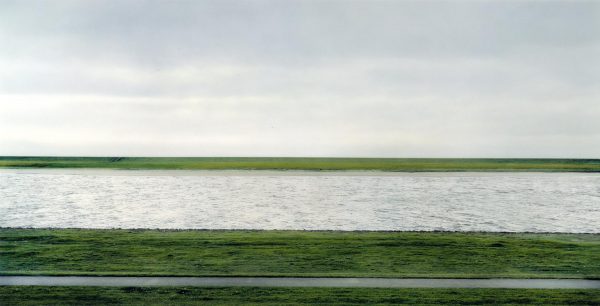
When writing “Many Days,” I was thinking about Gursky’s empty, manipulated landscape and how the photograph is able to get at some greater truth than the unfiltered reality. I was thinking about how sometimes, in moments of love, it can feel like just you and one other person exist in a space. And that’s it. Like in Gursky’s image, the landscape is not real but there is real truth in the feeling. “Many Days” is meant to be a profession of hanging onto something that perhaps one should let go of but can’t — faith in a foggy, fading, changing love. Can we trust what we see? Can we trust what we feel?
A gentle pain, that keeps me believing,
we’ll still chase, the sweetest place /
Did we mistake our state of grace?
So I’ll survive and ill wave across the water /
So I’ll survive still I feel you getting closer
(Photo Credit: left, Angalis Field)


